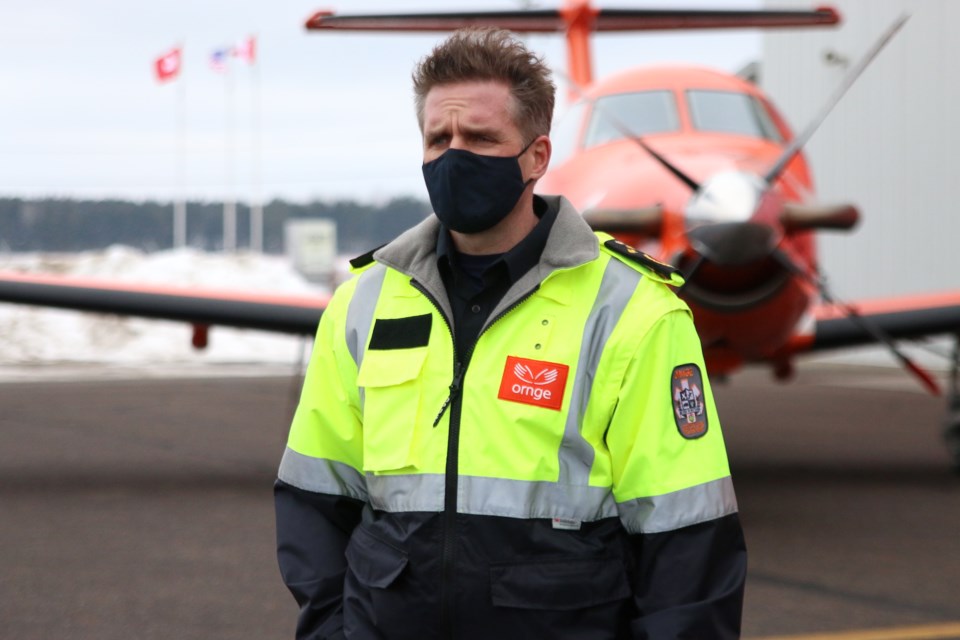THUNDER BAY - The COVID-19 vaccine is slowly being administered to front-line health care workers and long-term care residence across the province and next month vulnerable segments of the population in the north will be rolling up a sleeve.
Ornge is set to begin Operation Remote Immunity on Feb. 1, travelling into 31 remote First Nation communities in Northern Ontario to administer the Moderna COVID-19 vaccine.
“It’s pretty special in our eyes and we are honoured to take on that responsibility,” said Wade Durham, chief operating officer of medical operations with Ornge.
“We are working with our colleagues and our First Nation partners in the north, including Nishnawbe Aski Nation. They have come up with 12 guiding principles that we are following closely. One of them is to make sure there is less risk to the community members, so one of the asks was to have the vaccinators vaccinated themselves.”
Approximately 250 people who will be administering the vaccine have been vaccinated so far in communities across the Northwestern and Northeastern Ontario.
Operation Remote Immunity is part of phase one of the provincial government’s vaccine rollout plan. The goal is to vaccinate approximately 16,000 community members across the north by the end of April.
This will require 32,000 doses, as the Moderna vaccine, as it is administered in two doses. There have been concerns raised about the availability of COVID-19 vaccines in the province, but Durham said there should not be any problems having enough doses to begin next month.
“There’s nothing to indicate we won’t have them by then,” he said. “The limiting factor right now is making sure we have those two doses of vaccines and making sure we have the human resources. It looks like we are good to proceed on Feb. 1.”
Ornge has already done a soft launch of the operation, travelling to Moosonee and Moose Factory and Sioux Lookout to immunize people in long-term care facilities.
Durham said taking on an operation of this magnitude does pose a lot of challenges, but the team is ready to get off the ground.
“There’s obviously a lot of moving parts and there are a lot of things outside of our control, like weather,” he said. “It looks like we are good to proceed. We will have the six teams of six departing from different hubs in the North.”
Those hubs include Thunder Bay, Sioux Lookout, and Moosonee. Teams will fly from the hubs to remote communities in the morning and return to the hubs in the evening and repeat the process the next day.
Durham added one of the key aspects of this operation is communicating with community members and leaders to not only ensure vaccination sites are ready when they arrive, but also educating people on the importance of the vaccine.
“This is a completely voluntary process,” he said. “What is key in that is the communication. We have been working really hard on getting the information out to the community and the community members to make sure they understand the vaccine and the pandemic and the risk of not getting the vaccine.”
